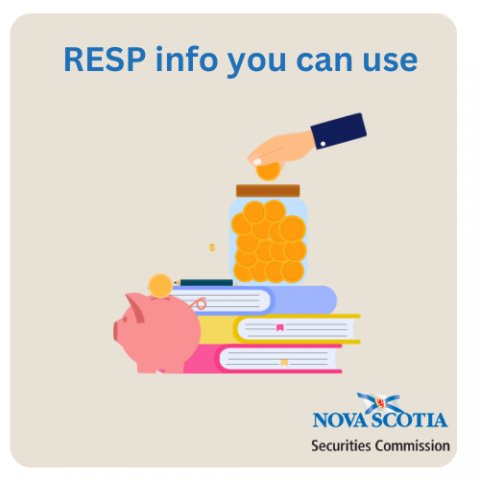Submitted by nsscadmin on

It’s back to school time for students of all ages. If you have kids, no matter their age, you may be thinking about their future and the large tuition bill they could be facing if they venture into post-secondary education.
Everyone knows university and college are expensive. The latest numbers estimate a four-year undergraduate degree in Canada costing between $80,000-$120,000 depending on where you go to school and the program you take. Those numbers are for 2023, so if you’re child is only five years old right now expect it to be much larger when they head off to university or college in 13 years.
The high cost of post-secondary education and the short-time parents have to prepare for it make registered education savings plans (RESPs) very important. To see why look at simply saving for your child’s education when compared to investing in an RESP.
Let’s say you child was born yesterday and you immediately begin saving for their education by saving $100 per month. If you were able to tuck away $100 a month for 18 years you would end up with $21,600. That’s simply saving, no interest or returns are gained at all.
What would you total be if you invested the $100 per month into an RESP and averaged 4% annual returns for those 18 years? If you do the math, you would have just over $31,000 in your RESP or an extra $10,000 when compared to your simple savings plan.
There’s more though. An RESP gives you access to special government programs to increase your RESP contributions. These programs include the Canada Education Savings Grant and the Canada Learning Bond.
The Canada Education Savings Grant is available for RESPs where the children are under the age of 17. It is a federally funded program that provides additional funds to the ones you contribute to an RESP. Through the Canada Education Savings Grant the government will match 20 per cent of your contributions per year up to $500. The maximum funds you can receive through the program is $7,200. Lower income contributors can sometimes qualify for more.
The Canada Learning Bond is available for children from low-income families. The Government of Canada contributes up to $2,000 to an RESP for an eligible child through this program. To find out if you are eligible and for more information on the program, visit this website.
Using our example with $100 per month RESP contributions and an average 4% annual return the Canada Education Savings Grant would give you an extra $13,000 in the RESP that you can use to help pay four your child’s education. To calculate how much you can possibly get by investing with an RESP the Ontario Securities Commission RESP Calculator is a handy tool.
The Nova Scotia Securities Commission does not provide investment advice. We are not advising investors to invest in an RESP. We are providing information on RESPs for educational purposes to help investors make more informed investment decision. Always assess your financial goals, risk tolerance, and time horizon before making any investment, including an investment in an RESP.
